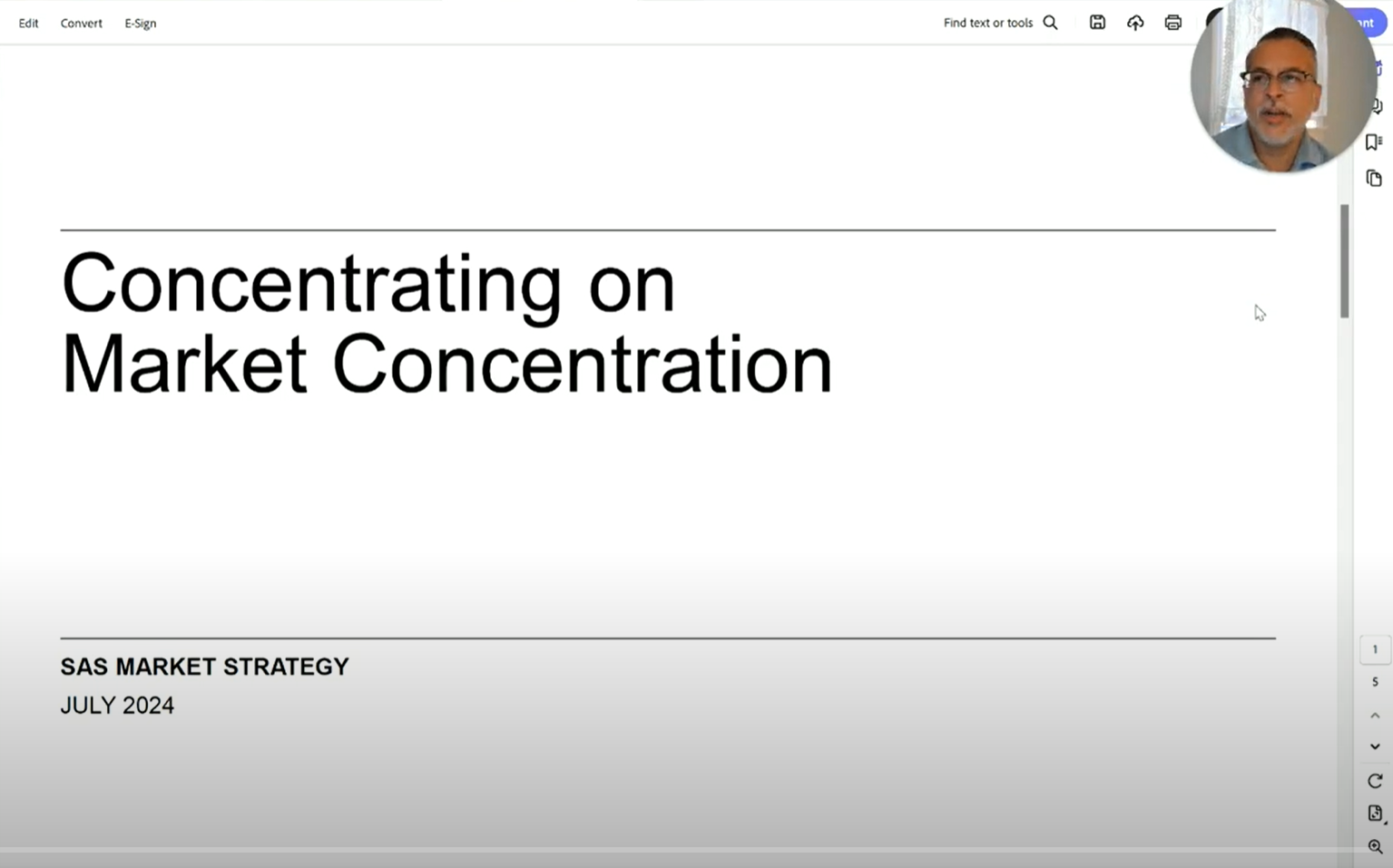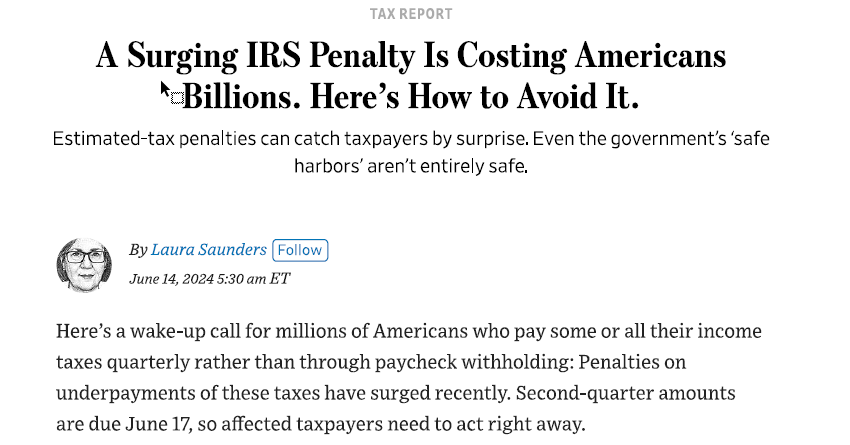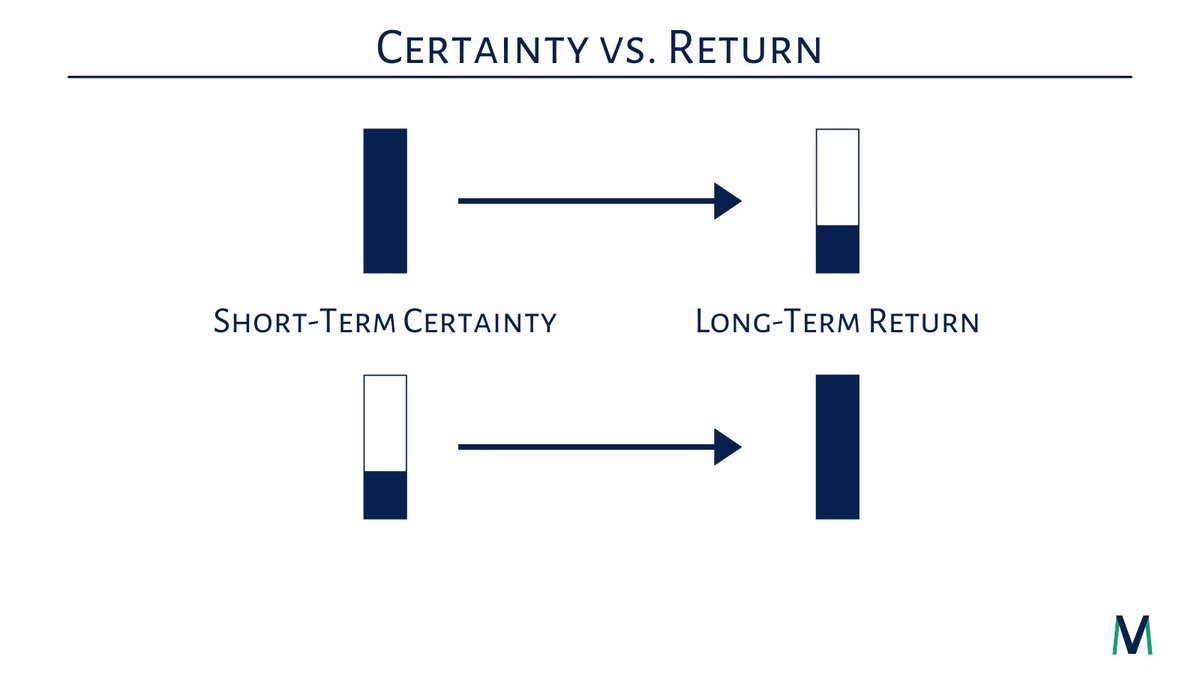Seth is back with another installment of “What’s New(s)?” highlighting the topics that he’s following closely which might have an impact on you, as well as some others that he thinks you might find interesting or fun.
A recent Morningstar study found that investors earned ~9.3%/year in mutual funds and ETFs over a decade while the funds themselves returned ~11%. What’s the reason for the difference between fund return and experienced investor return? Bad decisions. Morningstar found that poorly timed transactions led investors to miss out on higher returns which further reinforces how difficult it is to try and outsmart the market.
Being within top 5% of income earners varies drastically by state according to data from the American Community Survey. According to the study, the states with the highest cutoff to be in the top 5% for 2021 are:
- Connecticut – $596k
- New Jersey – $571k
- California – $571k
- Massachusetts – $566k
- New York State – $554k
The median across the country to be in the top 5% in terms of household income was ~$400k in 2021 (up almost 8% from $366k in 2019).
MA Taxpayers will be excited to find out that they will receive a refund for personal income taxes paid on their 2021 returns! The total refund will be 13% of MA personal income tax liability paid for tax year 2021. The refund is due to the fact that tax revenue collections exceeded the annual tax revenue cap. No action required in order to claim/receive the refund – checks or direct deposits should be initiated starting in November!
One group that potentially benefits from the persistent high inflation is Social Security claimants. The Social Security Admin has announced that the cost of living adjsutment (COLA) for 2023 is currently set at 8.7%! A meaningful bump for retirees and those who rely on Social Security benefits for their retirement income plan.
The IRS has published inflation-adjusted limits/relevant figures for tax year 2023 – some notable changes:
| Category | 2022 | 2023 | ||
|---|---|---|---|---|
| Rate Schedule | 10% Up to $10,275 S ($20,550 MFJ)
12% Over $10,275 S ($20,550 MFJ) 22% Over $41,775 S ($83,550 MFJ) 24% Over $89,075 S ($178,150 MFJ) 32% Over $170,050 S ($340,100 MFJ) 35% Over $215,950 S ($431,900 MFJ) 37% Over $539,900 S ($647,850 MFJ) |
10% Up to $11,000 S ($22,000 MFJ)
12% Over $11,000 S ($22,000 MFJ) 22% Over $44,725 S ($89,450 MFJ) 24% Over $95,375 S ($190,750 MFJ) 32% Over $182,100 S ($364,200 MFJ) 35% Over $231,250 S ($462,500 MFJ) 37% Over $578,125 S ($693,750 MFJ) |
||
| Capital Gain Rates | 0% Up to $41,675 S ($83,350 MFJ)
15% from $41,676 to $459,750 S ($517,200 MFJ) 20% Over $459,750 S ($517,200 MFJ) |
0% Up to $44,625 S ($89,250 MFJ)
15% from $44,626 to $492,300 S (553,850 MFJ) 20% Over $492,300 S ($553,850 MFJ) |
||
| Standard Deduction |
|
|
||
| IRA |
|
|
||
| 401K/403b Defined Contribution Limit |
|
|
||
| HSA Limit |
|
|
||
| FSA Limit |
|
|
||
| Estate Exemption |
|
|
||
| Annual Exclusion Limit |
|
|














